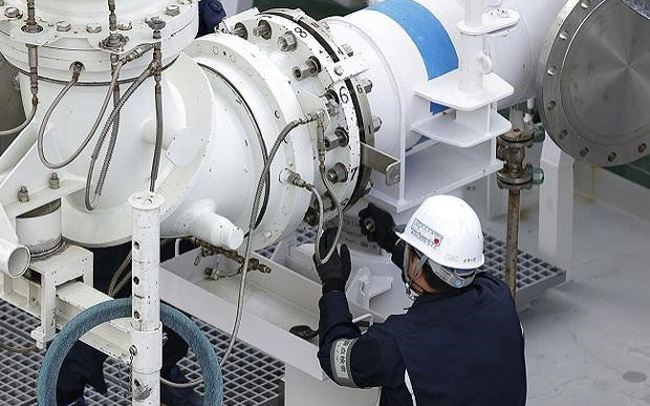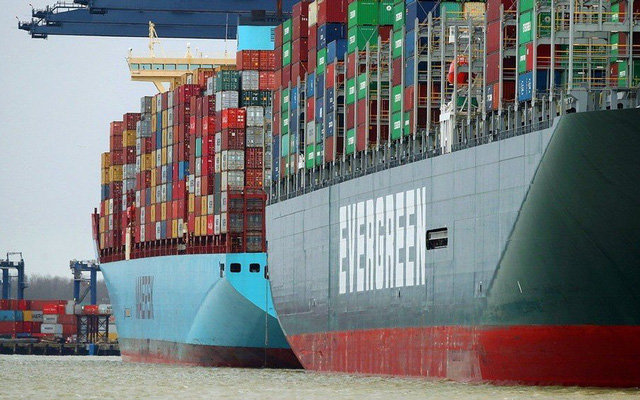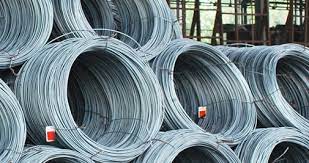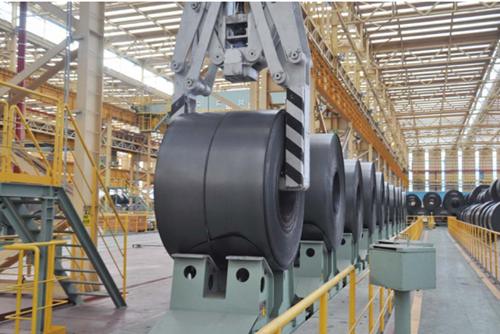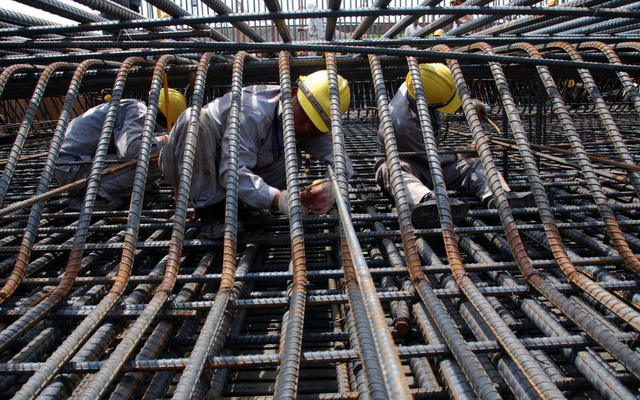Congestion at ports is one of the factors causing the price of spot sea freight to increase in some routes.
Without containers, trains that cannot optimize their transport capacity also push up freight rates.One-time ocean freight rates without long-term contracts and surcharges are on the rise on many trade routes due to congestion at ports and at sea. This caused the price of spot containers on the US-Europe route to increase and raised the sea freight floor price to a new level for shipments from Asia to the East Coast of the US.The trend of using spot rates has an indirect impact on the economy, as retailers increase prices, pushing shipping costs to customers during the pandemic. This is one of the factors that put pressure on inflation, causing the US Federal Reserve to try to curb consumer demand.Before that, the drop in demand for goods due to changing consumer behavior caused freight rates to go down. However, rates reversed after sea trade routes were congested.Peter Sand, Head of Shipping Analytics at Xeneta Sea and Air Transport Research Company (Norway), said: “Global carriers should be prepared for supply chain fluctuations. maritime loads in the coming quarters”.Container congestion creates virtual shortages and drives up rents, as reported by CNBC. As the number of ready-to-use containers decreases, freight rates go up.Many strikes took place at seaports and railway lines in Europe, hindering container shipping in Germany and the UK. A supply chain heat map showing Europe has turned from yellow to red (moderate to severe congestion).
 Chuỗi cung ứng vận tải ở Châu Âu đang chuyển từ vàng sang đỏ
Chuỗi cung ứng vận tải ở Châu Âu đang chuyển từ vàng sang đỏ
Because of congestion, the price of shipping containers from China to the East Coast of the US increased back to $ 10,000 at the end of July.Queuing times for containers at the port of Oakland, on the West Coast of the United States, increased to 26.5 days after truckers protested the closure of ports.Port of Oakland shutdown affects the speed of US agricultural exports. In June, US agricultural exports through this port decreased by 4.2% as shipping lines abandoned the service to make up for congestion at the ports of Los Angeles and Long Beach.The shipping industry’s traditional peak season begins in August. Container backlogs increase congestion and wait times. According to a report from Everstream Analytics, on the East Coast of the US, currently, congestion at the port of Savannah is very high, the average waiting time for ships is 7.5 days, 123% higher than the previous quarter. The number of ships waiting in line increased to 18 ships last week. At the port of New York-New Jersey, the waiting time decreased slightly to 1.8 days with 10 ships at anchor.FreightWaves estimates that container volume from China to all ports in the US will decrease as consumption declines, leading to cargo demand. Theoretically, as shipping orders decrease, the number of available containers should increase, but that is not the case at this time due to congestion.

Another factor affecting container transfers is that shipping lines cancel or don’t return cargo. Trains may also cancel some trips to keep the travel schedule on time.A Chinese logistics director said that there were 50 trains per week at Shanghai port, 200 per month, but now, on average, 25 trains are canceled every month, equivalent to a decrease of more than 12%. compared to before.OL-USA CEO Alan Baer said that congestion at seaports causes ships from the US to Asia to not have enough cargo, and to achieve maximum shipping efficiency, this makes transportation costs more expensive. load for each shipment increases.
Source: ndh.vn
T&G Import-Export Joint Stock Company
Address: 352 Hue Street, Le Dai Hanh Ward, Hai Ba Trung District, Hanoi
Hotline: 02473010868
Email: hrm@tginterjsc.com
Website: http://tgimportexport.com





